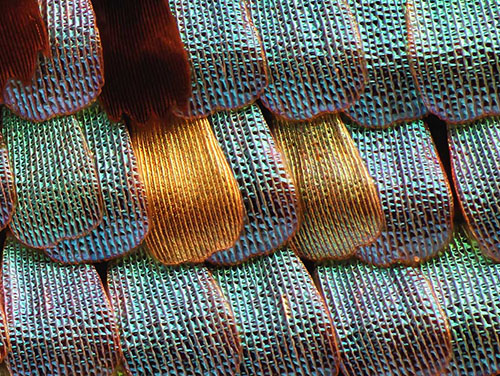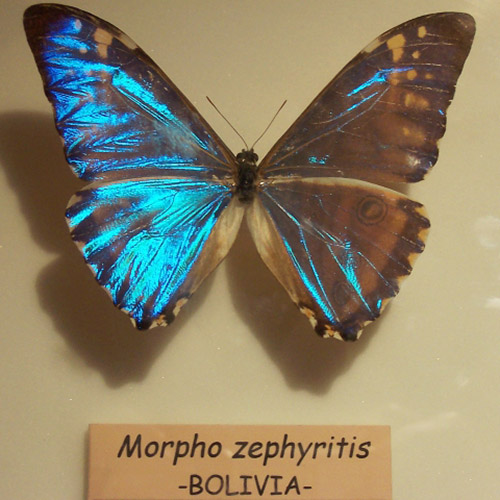What is Color?
The colors of many tropical butterflies are difficult to describe, because they appear to shift with every flutter. This is the magic of iridescence, a gradual change in color resulting from the interaction between different forms of reflected light.



